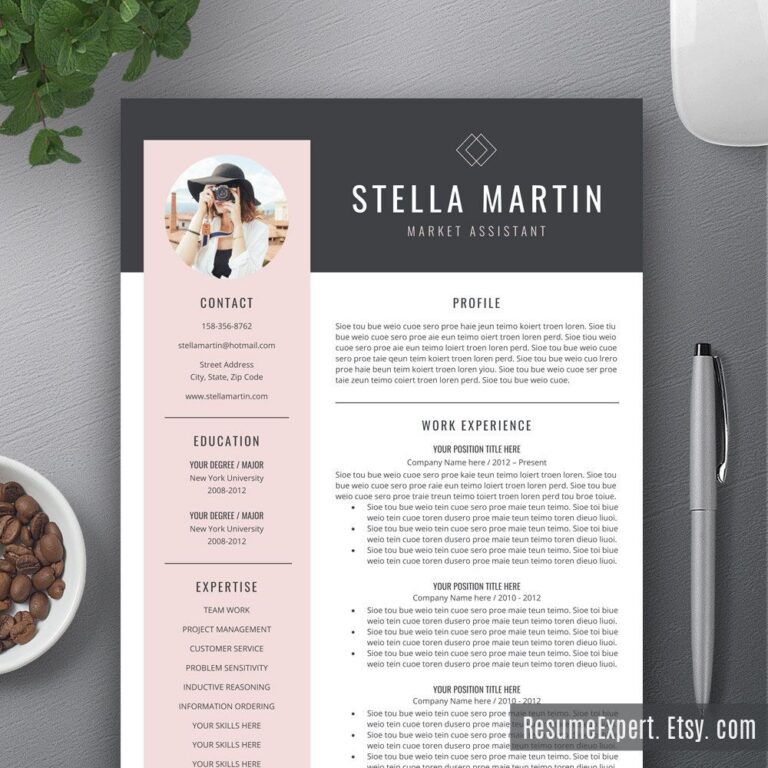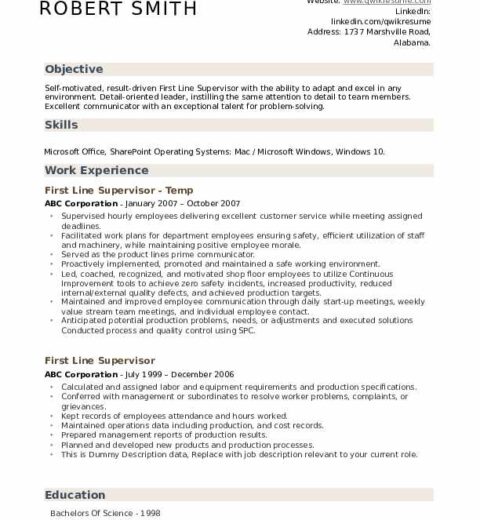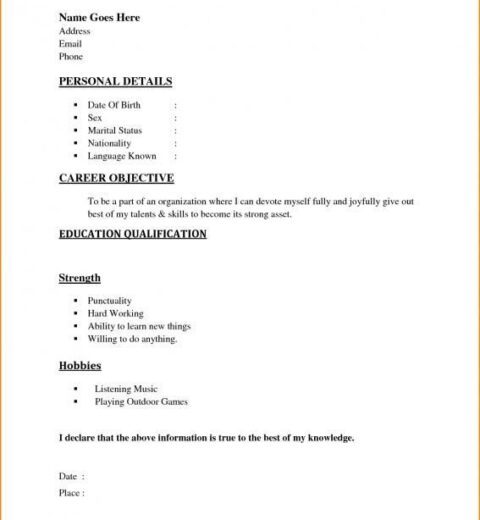Creating a resume that stands out in today’s competitive job market requires a blend of strategic thinking and creative expression. It is essential to understand that modern resumes not only serve as a record of qualifications and experiences but also as a marketing tool that showcases your personal brand. In this article, we will explore what a contemporary resume should look like, delve into modern templates and provide essential tips to optimize your resume for success.
Modern resumes feature a clean, organized layout that enhances readability. The key elements typically include the following sections: contact information, professional summary, work experience, education, and skills. However, many applicants now include additional segments, such as certifications, volunteer work, and personal projects, which can provide insight into your diverse skill set and personality.
Consider the use of visual elements judiciously; a splash of color can make your resume more appealing without compromising professionalism. Infographics and icons can also be useful for highlighting key metrics or achievements. That said, ensure your chosen template aligns with the industry norms—too much creativity may detract from your qualifications.
When selecting a template, prioritize clarity and professionalism. Modern templates vary widely; some lean towards minimalist aesthetics while others incorporate vibrant colors and unusual layouts. Nevertheless, irrespective of the style, make sure that the information is front and center. An overly complicated template may obscure your qualifications, making it difficult for hiring managers to quickly glean essential details.
Now, let’s delve deeper into the crucial components of a well-structured modern resume.
Contact Information: Your name should be prominently displayed at the top, followed by your phone number, email address, and LinkedIn profile or personal website if applicable. Ensure that your email address is professional, ideally a combination of your first and last name. Including your location (city and state) can be beneficial, especially if you’re applying for local positions.
Professional Summary: This section serves as your elevator pitch. A succinct professional summary, typically two to three sentences long, should encapsulate your career objectives and key strengths. The summary should be tailored to the position you are applying for and highlight your years of experience, areas of expertise, and significant achievements. Avoid generic statements; instead, convey your unique value proposition to prospective employers.
Work Experience: This segment should be the focal point of your resume. List your work experience chronologically, starting with the most recent job. Each entry should include your job title, the name of the company, location, and dates of employment. Beneath each position, use bullet points to succinctly detail your responsibilities and accomplishments. Quantify your achievements whenever possible—using numbers (like sales figures or project timelines) makes your contributions more tangible and impressive.
Education: Include your educational qualifications, starting with the highest degree attained. List the degree name, institution, and graduation date. If you are a recent graduate with limited work experience, consider placing this section above your work experience. For those with extensive professional backgrounds, it is acceptable to place education further down the resume.
Skills: This section allows you to showcase relevant skills. It can include both hard skills (like programming languages or software proficiency) and soft skills (such as leadership or communication skills). Here, it is advantageous to tailor the skills to match the job description—this ensures that you align with the expectations of the hiring manager.
Certifications & Additional Sections: Depending on the role you seek, certifications related to your field of expertise can augment your resume significantly. Additionally, consider adding sections for volunteer work, personal projects, or publications that reinforce your qualifications and interests. This can demonstrate a well-rounded character and a commitment to your profession beyond mere employment.
As you compile the content of your resume, it is critical to maintain conciseness—ideally, a resume should be no more than one page for early-career professionals and no longer than two pages for those with extensive experience. Every word should serve a purpose, eliminating filler phrases and redundancies.
Modern technology offers various tools and platforms for creating visually appealing resumes. Use available online resources to explore more sophisticated templates that can provide a leg up. Many websites enable customization of templates while ensuring that your resume passes Applicant Tracking Systems (ATS) commonly used by employers. Research the ATS requirements by examining the job postings of your target roles to ensure compatibility.
After drafting your resume, meticulously proofread the document. Typos and grammatical errors can undermine professionalism. Ask a trusted colleague or mentor to review your resume and provide feedback—an outsider’s perspective can often identify areas for improvement that you might overlook.
Finally, remember that your resume is a living document; update it regularly to reflect your evolving career. As you gain new experiences, skills, and responsibilities, adjust your resume accordingly. This continual refinement will help you stay prepared for any unexpected opportunities that may arise.
In conclusion, constructing a modern resume that effectively communicates your qualifications requires considerable thought and attention to detail. By utilizing contemporary templates and following targeted strategies, you can create a compelling narrative that not only captures the essence of your professional self but also leaves a memorable impression on potential employers.




